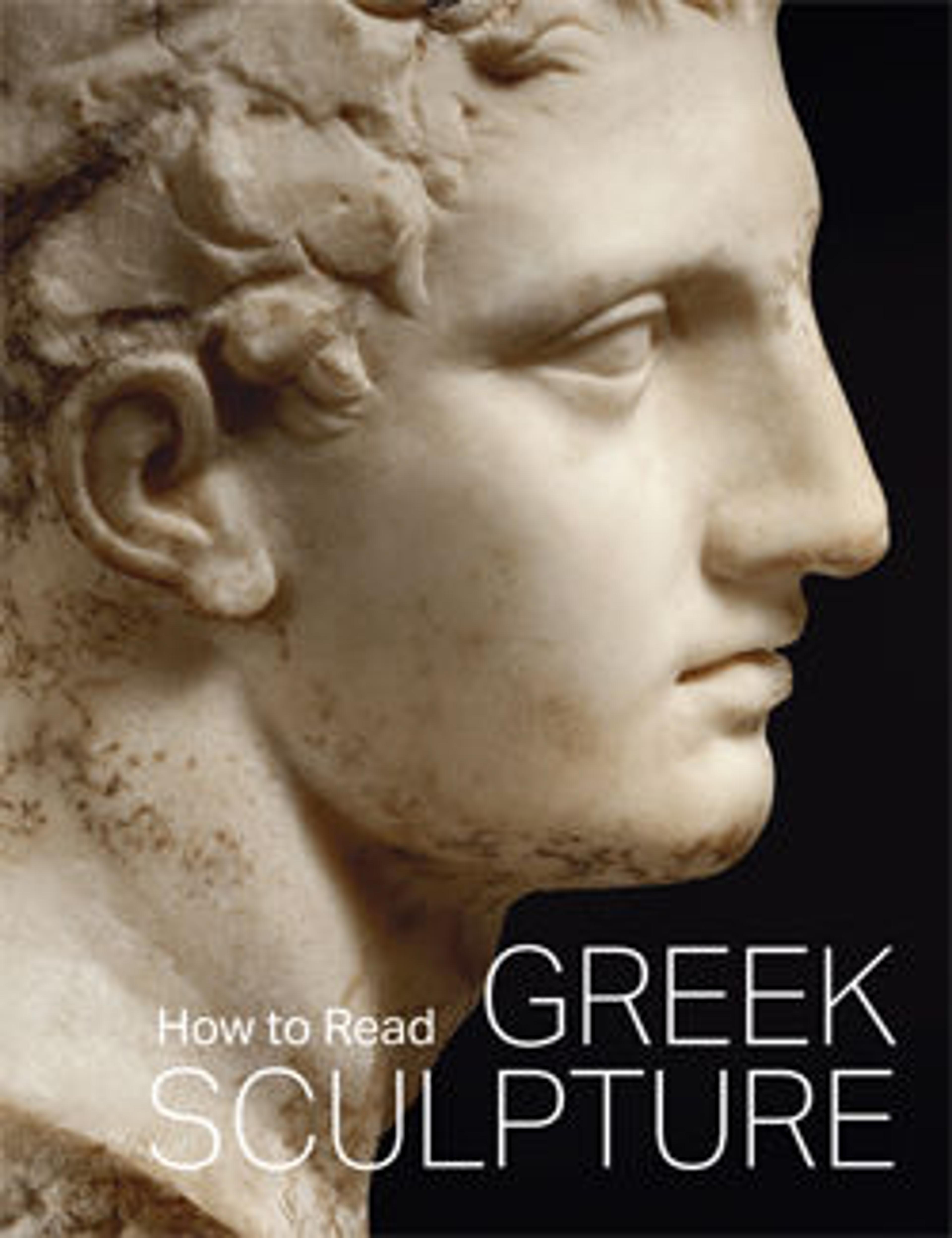Head of a youth from a marble stele (grave marker)
A precise identification of the youth—as an athlete, for instance—is impeded by the lack of attributes. A band circles his head, and crisp curls fringe his face and the nape of his neck. The smooth crown of the head is less likely to represent a cap than to indicate that paint was used for hair.
Artwork Details
- Title:Head of a youth from a marble stele (grave marker)
- Period:Archaic
- Date:ca. 525 BCE
- Culture:Greek, Attic
- Medium:Marble, Parian
- Dimensions:Overall: 10 1/4 x 15 1/2 in. (26 x 39.4 cm); thickness at top 15 1/4 in. (38.7 cm); thickness at bottom 15 7/16 in. (39.3 cm)
- Classification:Stone Sculpture
- Credit Line:Rogers Fund, 1942
- Object Number:42.11.36
- Curatorial Department: Greek and Roman Art
More Artwork
Research Resources
The Met provides unparalleled resources for research and welcomes an international community of students and scholars. The Met's Open Access API is where creators and researchers can connect to the The Met collection. Open Access data and public domain images are available for unrestricted commercial and noncommercial use without permission or fee.
To request images under copyright and other restrictions, please use this Image Request form.
Feedback
We continue to research and examine historical and cultural context for objects in The Met collection. If you have comments or questions about this object record, please contact us using the form below. The Museum looks forward to receiving your comments.
